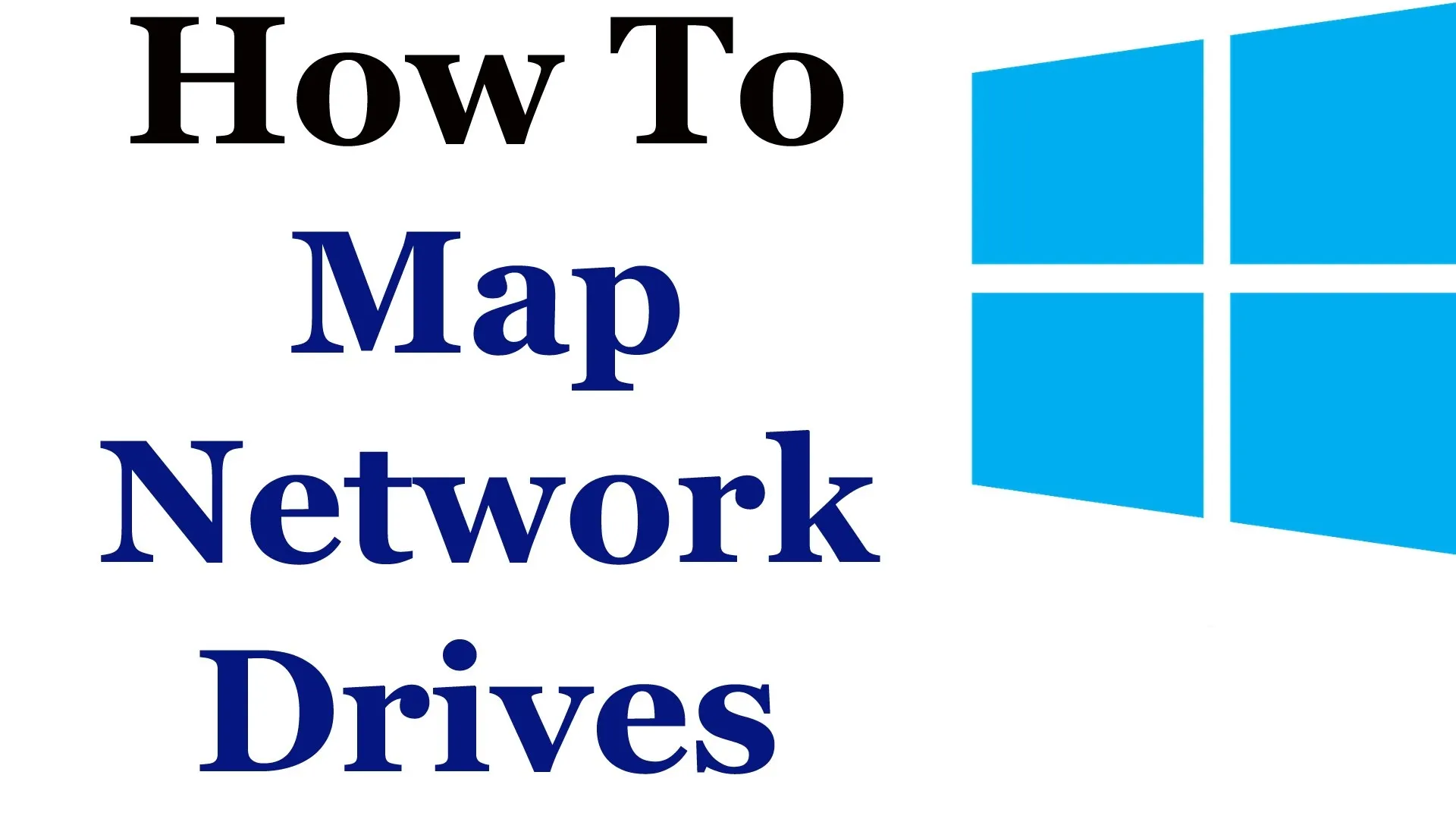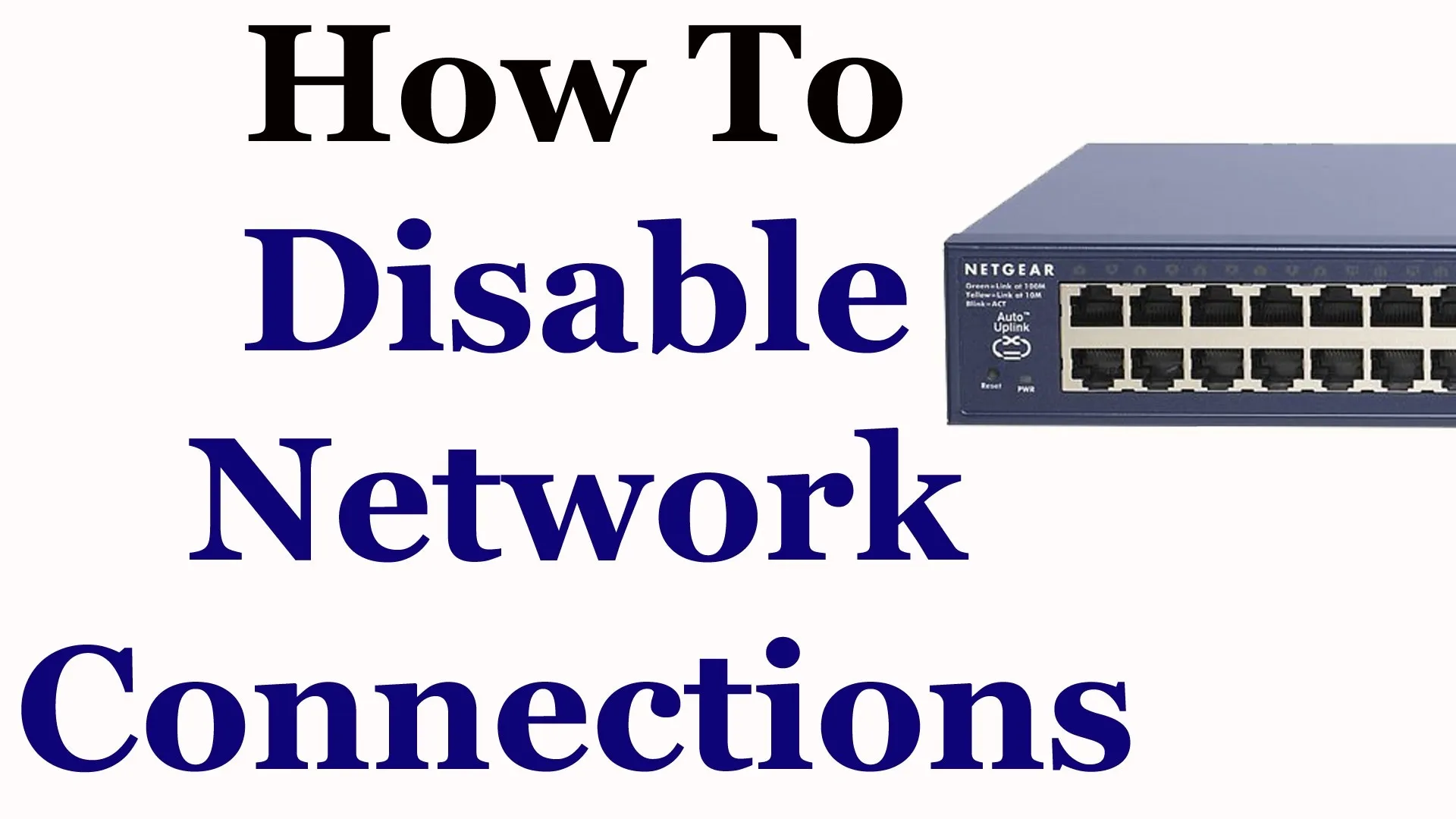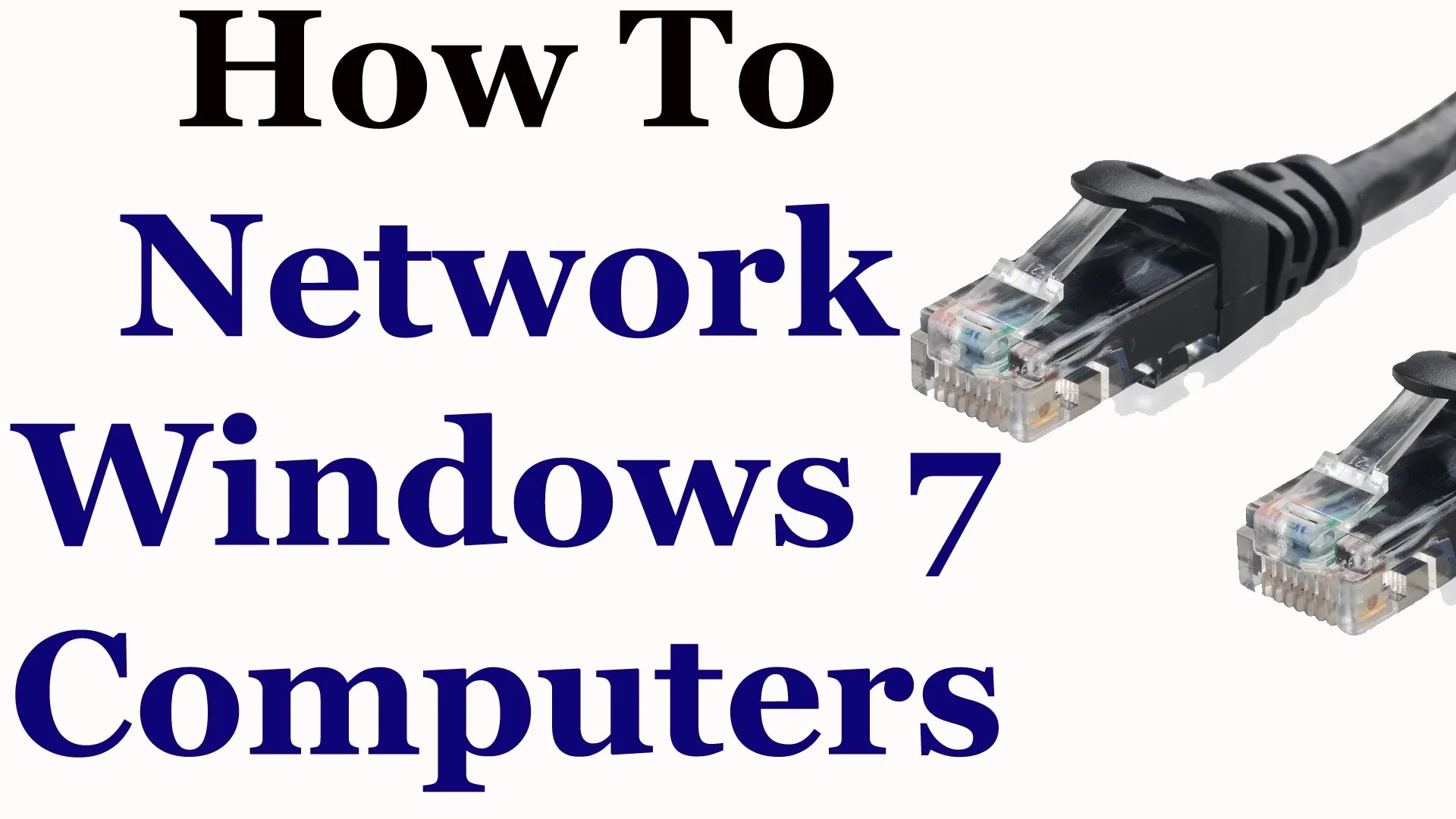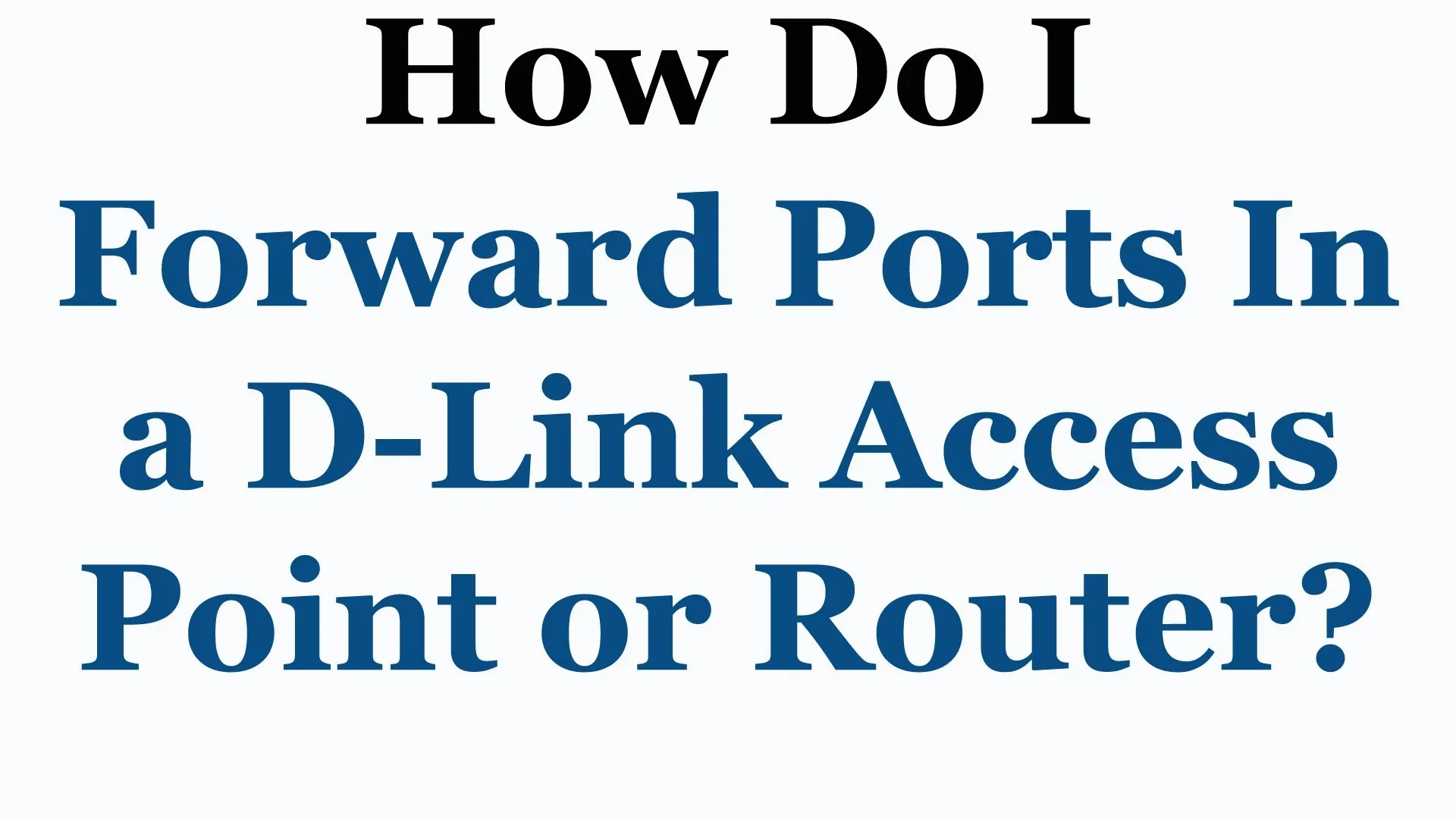How likely is a situation where the entire internet is down? It could happen, but it is pretty unlikely when you start getting users who are telling you that there is a problem with the internet.
You don’t have to tell users this, but their complaints about internet connectivity issues -- whether it is slow or simply not working -- is really a matter of perception. When problems like this occur, just remember these steps:
1. Check Your Core Router
You need to take a look at all of the connections that are needed to interface your network with the internet. That includes core routers, gateway devices and firewalls. One of the great ways that you can stay on top of this is by creating your own custom workspace to monitor these devices within your network management tools.
2. Use Your Performance Monitor to Track Mission Critical Websites
Ideally, you should be able to track some of the websites that are most frequently visited by your users. By putting these websites onto your monitoring dashboard, you are able to quickly see if there are any potential problems, perhaps even before a user contacts you.
3. Run a Trace Route on Affected Sites
If you run a trace route, you’ll be able to look at problematic hops if you have been able to pin down a specific site after following the previous step. If you find a particularly slow hop, you can trouble shoot network issues by taking that IP address and put it into your monitoring dashboard, allowing you to see where traffic on the internet is bottling up.
Of course, none of these steps are going to do you any good unless you have a network monitoring solution in place to troubleshoot issues. Without this, you may as well tell your users that it actually is the internet that is down just to save yourself the headache.






















Comments
Be the first, drop a comment!